Fish
20 Best Fish breeds for your Aquarium
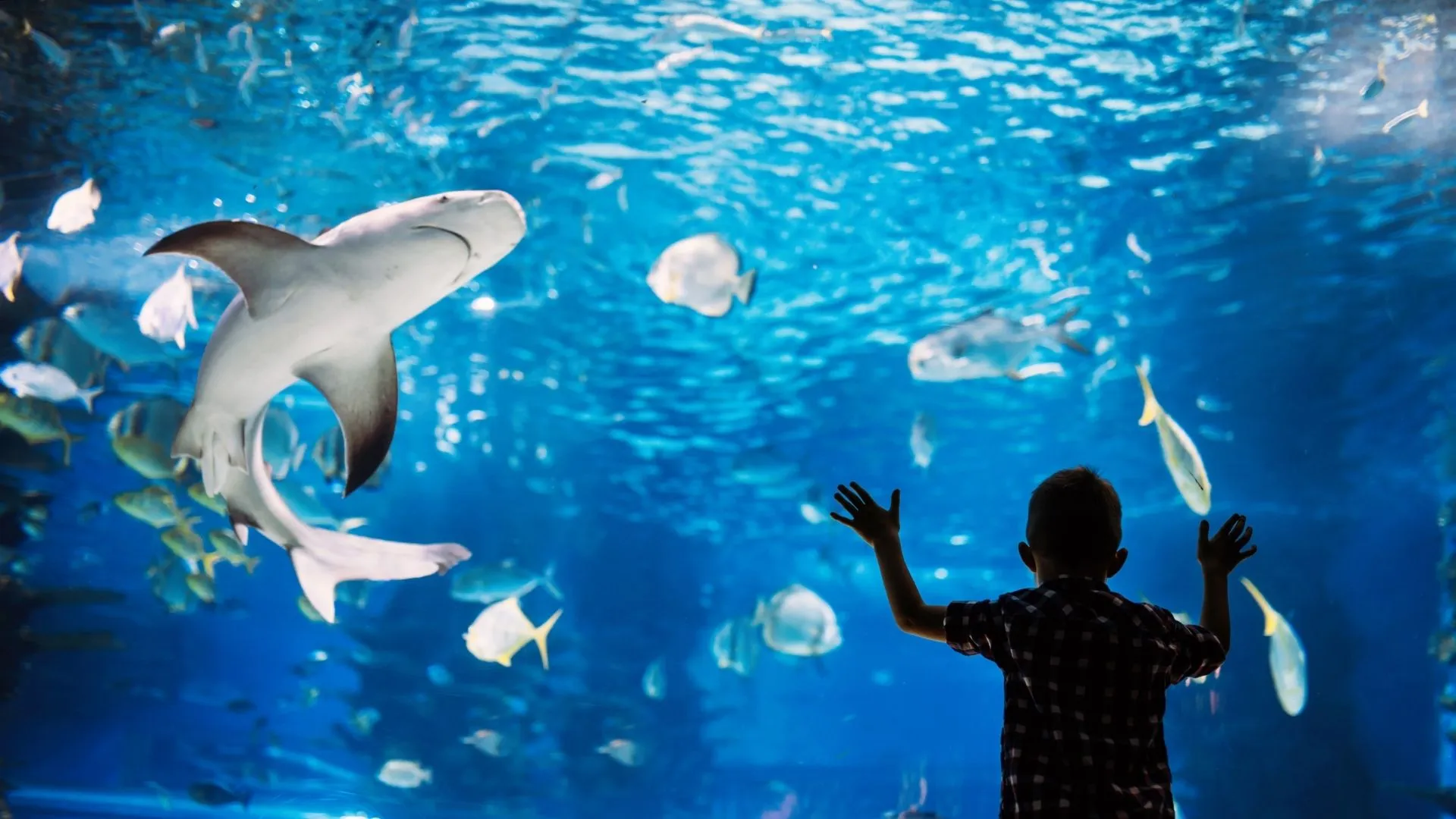
Having an aquarium in your home adds a soothing ambiance to your home and is beneficial for your health as well. It helps with improving mental health by relieving and anxiety. Moreover, it also lowers blood pressure and heart rates. It is also mesmerizing to observe the individual characteristics and habits of the fishes taking you to a whole different world.
Here are listed the best fish breeds that you can keep in your aquarium.
1. Neon Tetra
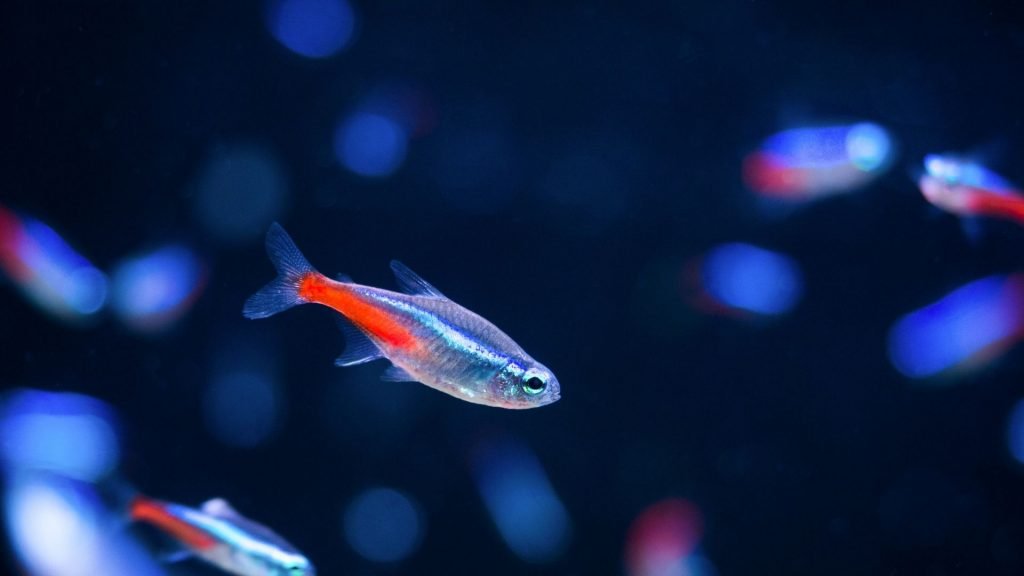
With a light-blue back, a silver-white abdomen, and an iridescent blue and a red stripe along each side of its body, the Neon Tetra comes about as a popular freshwater species.
They are easy to take care of and are a bundle of peacefulness. The maximum length that they can reach is about 2.2 cm and find comfort in being kept in groups or tanks with rocks.
You should keep them in soft, acidic water and maintain tropical temperatures. As they are omnivorous you can feed them flake foods, worms, brine shrimp, and plants as well.
2. Guppies
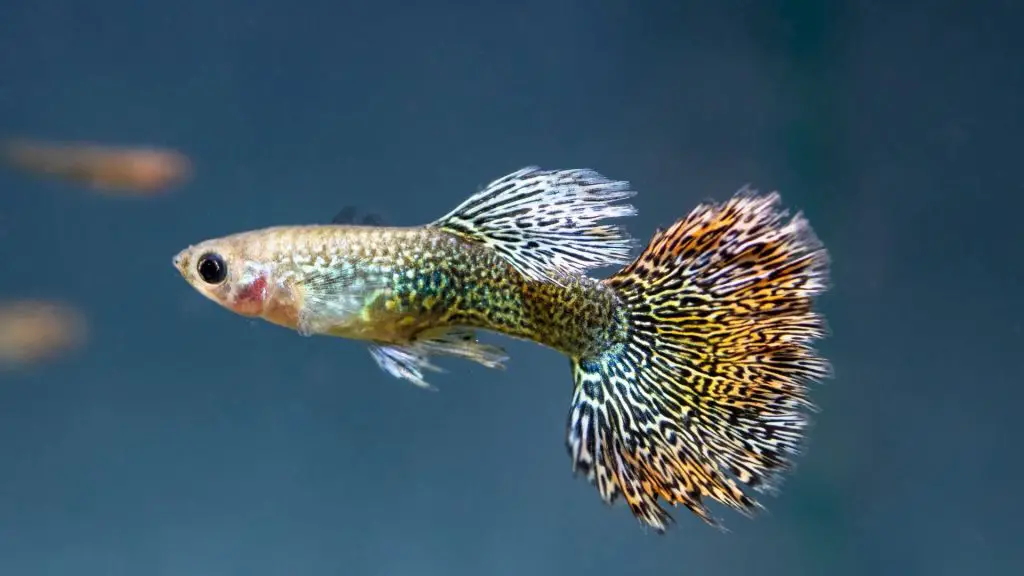
Next comes a fish from the Poeciliidae family, the Guppy. They are a perfect fish for beginners.
They are not that hard to take care of and are versatile when it comes to adapting to various water conditions.
They can breed very easily and can breed very fast with each other. So, if you are not looking for breeding you can consider just keeping the males.
The males can be distinguished easily as they have more vibrant colors than the females. It is important to maintain the temperature for the Guppies in between 50℉-84℉ (10-29℃) for them to live without any troubles.
Guppies can be fed flakes, pellets, and other kinds of foods. They can live in harmony with other fishes in their tank.
3. Mollies

Mollies are a small breed that grows up to about 3 to 4 inches and is also easy to take care of. They are also as they give birth to babies rather than laying eggs and can breed easily.
So, if you don’t fancy breeding just keep one sex.
The minimum size tank that they require is 20 gallons and warm water with a pH of about 7.0 to 7.8. With an omnivorous characteristic of eating habits, you can feed them both plant and animal food types.
4. Zebra Danio
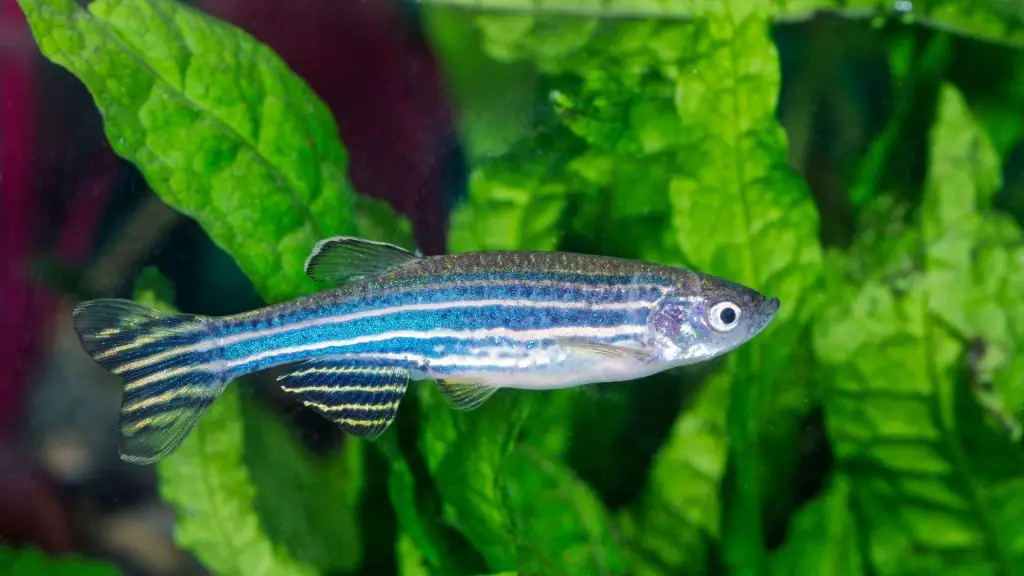
Zebra Danios are perfect for beginners. They are small fishes that can grow up to 4-5 cm approximately.
They tend to be transparent in earlier stages but as they grow up, they develop blue stripes that run along the length of their body. They are best when they are kept in tanks of 10 gallons and groups of 5.
If they are kept in too low numbers, they tend to get stressed. Their food habits are omnivorous so you can feed them worms, insects, crustaceans, and fish flake foods.
You are also advised to spice up their diets. Be sure to keep your tank covered as they are known to jump out of their tanks.
5. Betta Fish
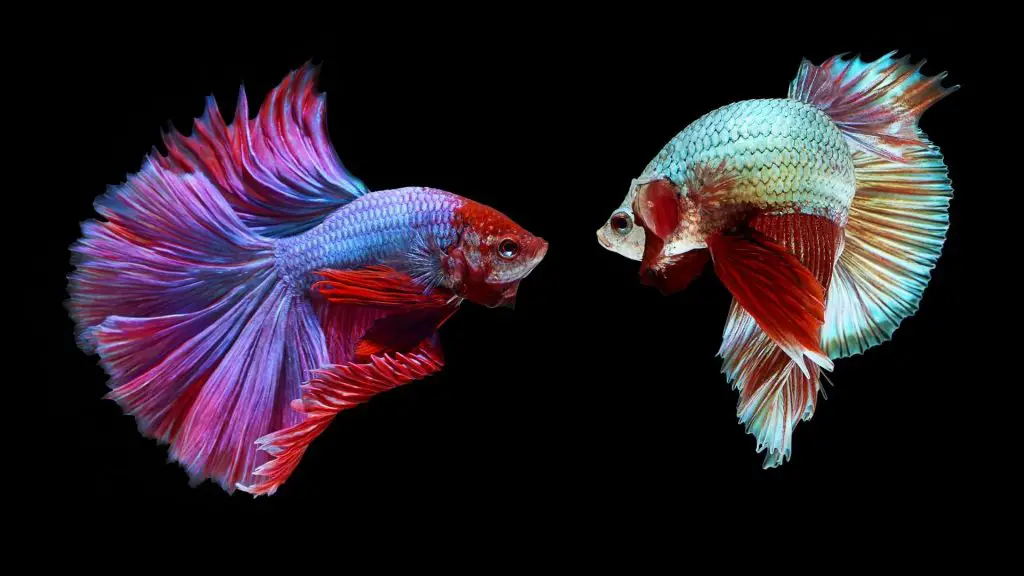
Bettas are also a good beginner choice as they are easy to take care of and are bestowed by vibrant and beautiful colors. They can grow up to 3 inches and their lifespan is usually 2-3 years but there can be exceptions.
Their aquarium doesn’t even require heaters or filters. They also have a special organ known as a labyrinth that allows them to breathe the air outside of their tank.
Male Bettas are territorial and are very aggressive with other fishes and with males of their own kind. You are advised to keep only one male Betta in a tank or you can keep them in their own tanks with substrates and plants.
They are omnivorous and you have to feed them foods that have high protein content and fiber such as brine shrimp, dried bloodworms, or daphnia.
6. Gold Fish
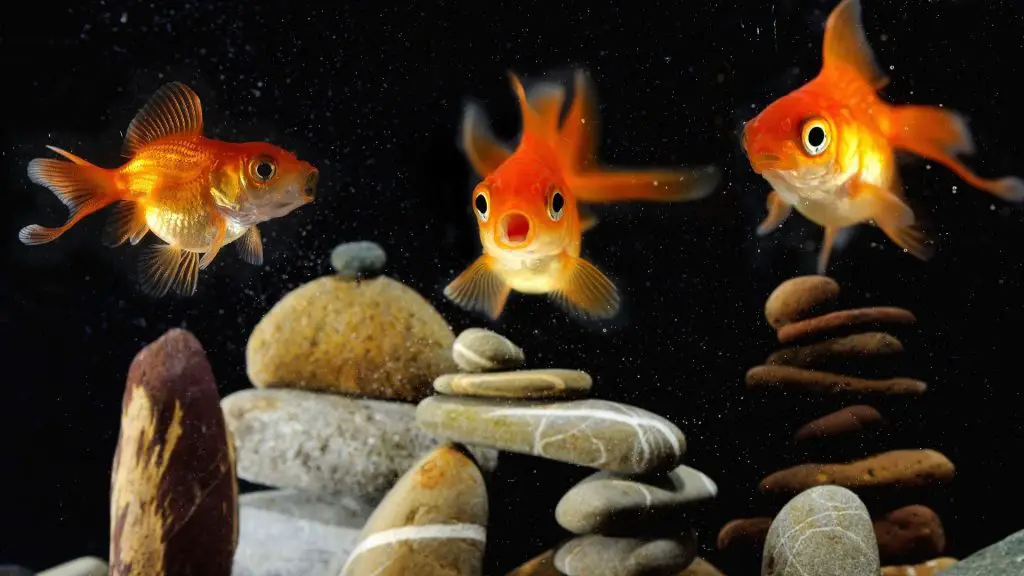
The fish that comes into everyone’s mind when people talk about keeping fish. But ignore the stereotypes of keeping them in a fishbowl.
Goldfishes can grow up to 14 inches in the wild and some of them can even exceed 25 years of life. If you wish to keep a Goldfish, you should keep them in a tank with at least 20 gallons size.
The appropriate temperature for them is 65-72℉.
They require high maintenance and their water should be changed about every week. As the breeding season comes around, they can become aggressive.
They get on well with fishes like tetras, discus, guppies, and female rainbow fish. You can feed the Gold Fish biscuits, bread, potatoes, carrots, peas, oranges, and zucchini but don’t overfeed them.
7. Oscar
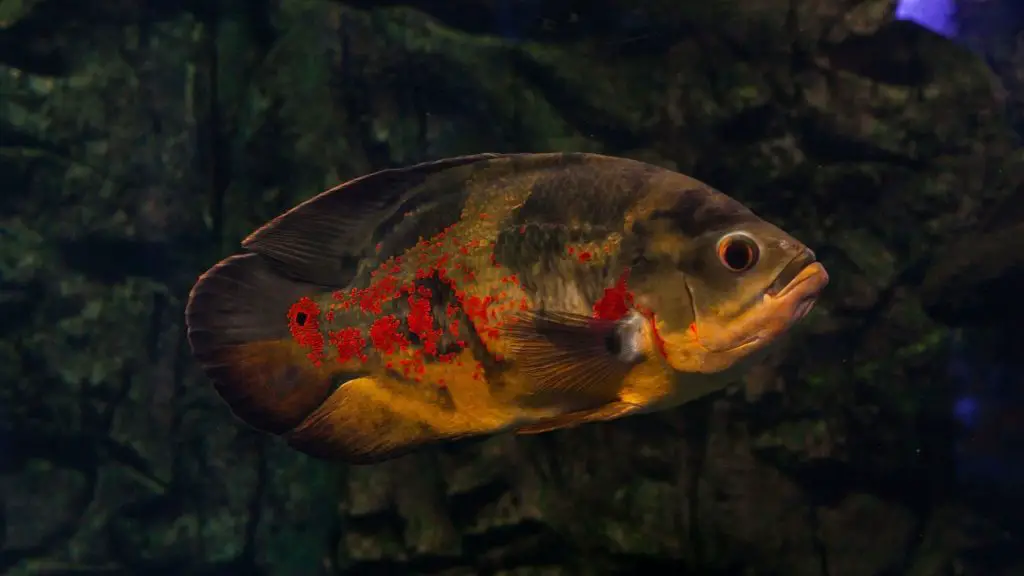
Oscars are the few fishes that can be trained to perform tricks. They can grow up to 35 cm and are peaceful most of the time but it is good for you if you keep them in a tank with their own species.
They require a minimum of 30 gallons tank and clear water with temperatures between 74-81℃ as they are best in these temperatures and don’t catch diseases that frequently.
They can live up to 10 years. You have to keep them in pairs from an early age and they thrive in pairs or groups of 5.
They are carnivorous and in the early stages of their life, their diet consists of flakes. You can even hand-feed them. They require constant cleaning as they generate a lot amount of waste.
8. Jack Dempsey

Jack Dempsey can grow up to 8 inches. They have a marvelous appearance and have a somewhat aggressive nature. They have a territorial nature.
In the aquarium, it is required to avail them with hiding places as it works well with them. Their diet consists of flakes and you can also feed them worms, insects, crustaceans. They also eat other fish.
9. Discus Fish
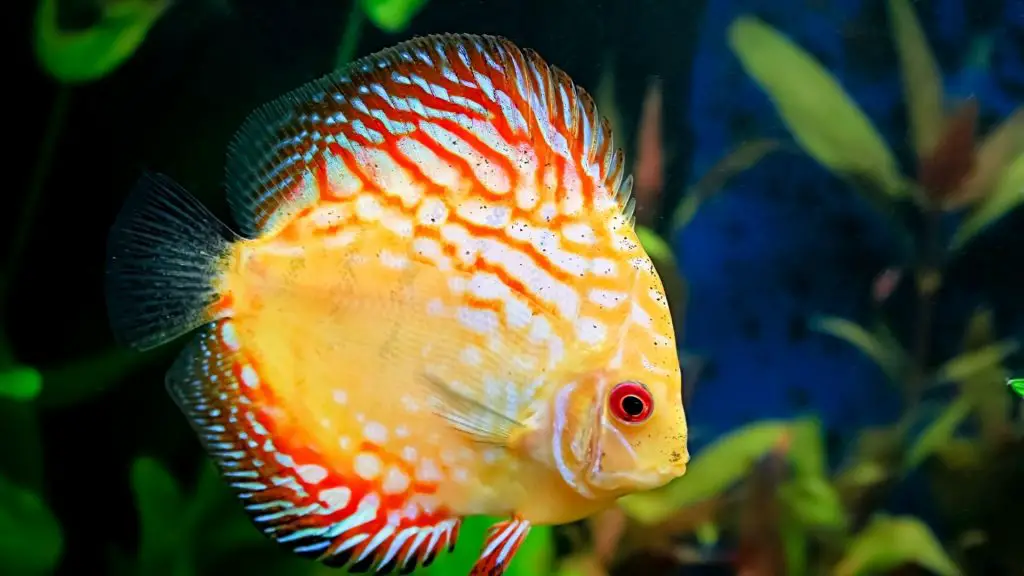
Discus Fish are social fish that can get quite large as they grow up. It can grow up to 8-10 inches and require a tank with a minimum size of 25 gallons.
Their life expectancy is about 10 years and some can even live longer than that. Discus Fish has the capability of interacting with the owner as it displays its moods and personalities.
They even find fascination in your movements. They can get along with other fishes that have similar water condition necessities but not with aggressive ones.
They are carnivorous and you can feed them beef heart and blood worms along with flakes for the necessary vitamins.
10. Platies
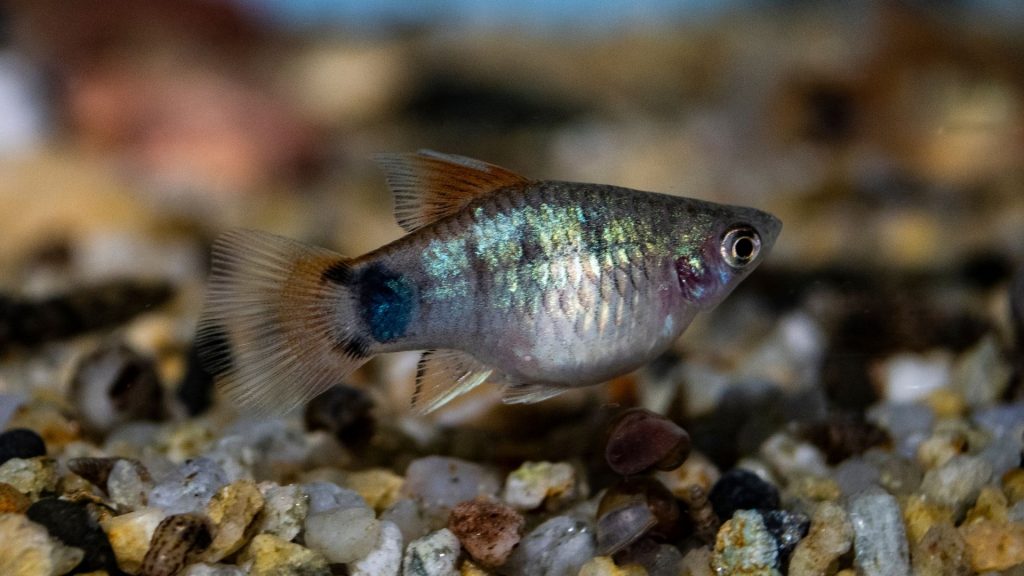
Platies are very suitable freshwater fish that don’t require intensive care and come in various extravagant colors. They are a social type of fish and can get along with several other fishes like swordtails, mollies, and guppies.
They can grow up to 1.5-2.5 inches and the females tend to be a bit bigger than the males. They live up to 3-4 years. Platies are omnivorous and you can feed them herbivorous foods mixed with proteins.
11. Cherry Barb
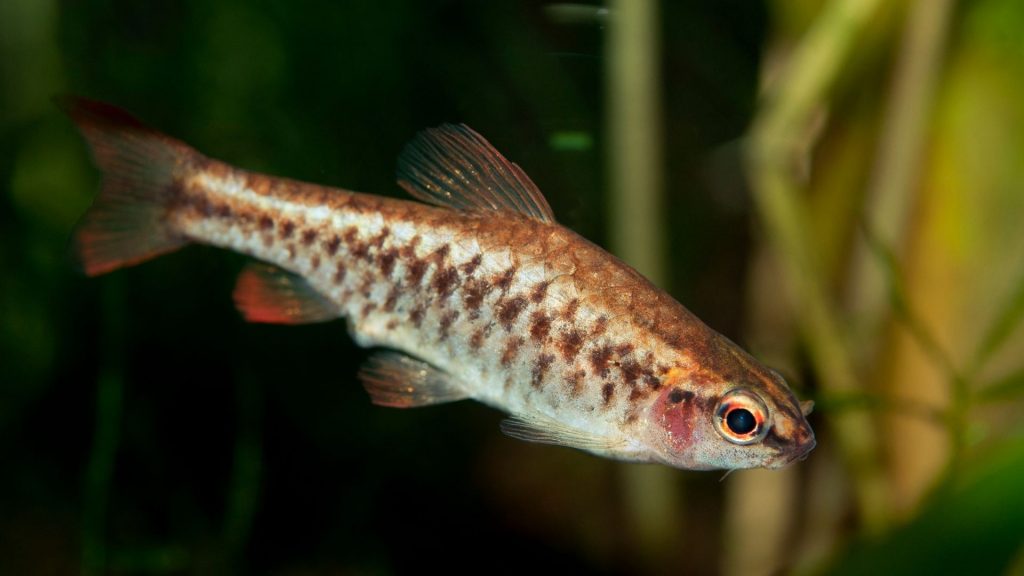
Cherry Barb gets its name from the color the male develops as it spawns. They can grow up to 1-2 inches in length. They are calm and can live up to 4-5 years.
The males tend to dance in front of their rivals and this is taken as a fight in between them.
Male Cherry barbs are a mash-up of brown-green, reddish and brown-red colors. Whereas the females are yellow-grey and brown-red.
Owing to their small size they can easily fall prey to other fishes so it’s best if you keep them other community fishes like betta, neon tetra, catfish, cardinal tetra, and harlequin rasbora.
12. Corydoras Catfish
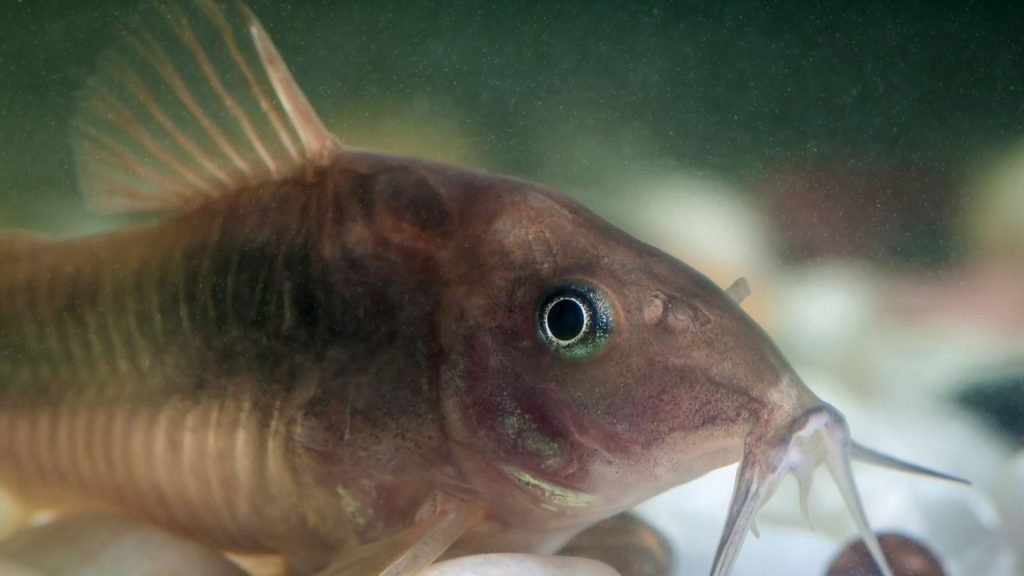
Corydoras are a very social species of fishes and you keep them in groups of two or more. You can also keep them with other fishes as they can cope up with other fishes but not with the aggressive ones.
They do not require too much care and constantly prefer to stay at the bottom.
They can grow up to 2.5 inches and also does the job of a tank cleaner. They can live up to 5 years.
They will eat up any leftover food from the gravel but you will also have to feed them flakes and bottom feeder tablets.
13. Angel Fish

Angel Fish is a popular freshwater fish and comes in various immaculate colors and patterns. They can grow up to 6 inches in length and about 8 inches tall.
They are community fish and require a tank of about 20 gallons and filters. The water should be clean, acidic and it favors the temperature of 80℉ and the average pH level should remain 6.5 to 6.9.
They can also become territorial and aggressive to some extent. They are omnivorous and you can feed them plants, small insects, and shrimps, but keep them away from small fishes.
14. Pearl Gourami
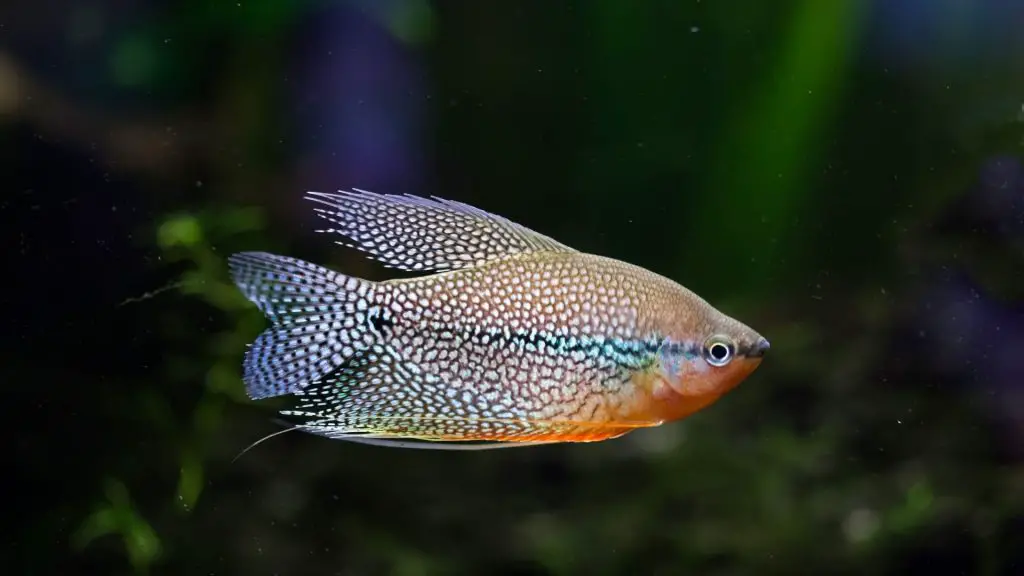
The Pearl Gourami is a freshwater fish that does not require high maintenance and is a peaceful one. They can grow up to 4-5 inches in length and have white spots in its body and fins that distinguishes them from other fishes.
The minimum tank size required for them is about 30 gallons and the tank must be dark and have hiding places. They need a temperature of about 77-82℉.
They can adapt well with other fishes that are of similar size but don’t keep them with aggressive ones. Their food habits are omnivorous and you can feed them algae, larvae, small insects, and meaty foods.
15. Golden Dwarf Barbs
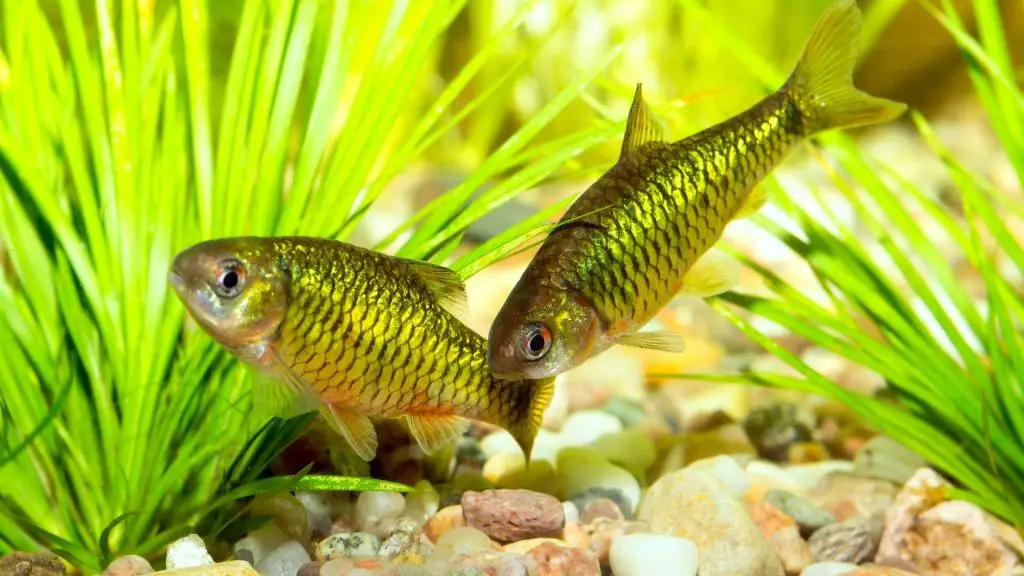
Golden Dwarf Barbs are not that popular and a good fish for beginners. They can grow up to 1.5 inches and have distinguished golden colors with black markings on its body.
They can be at their best when kept in tanks with plants. Keeping about 5 of these Barbs is the best option and overcrowding should be avoided.
16. Swordtail
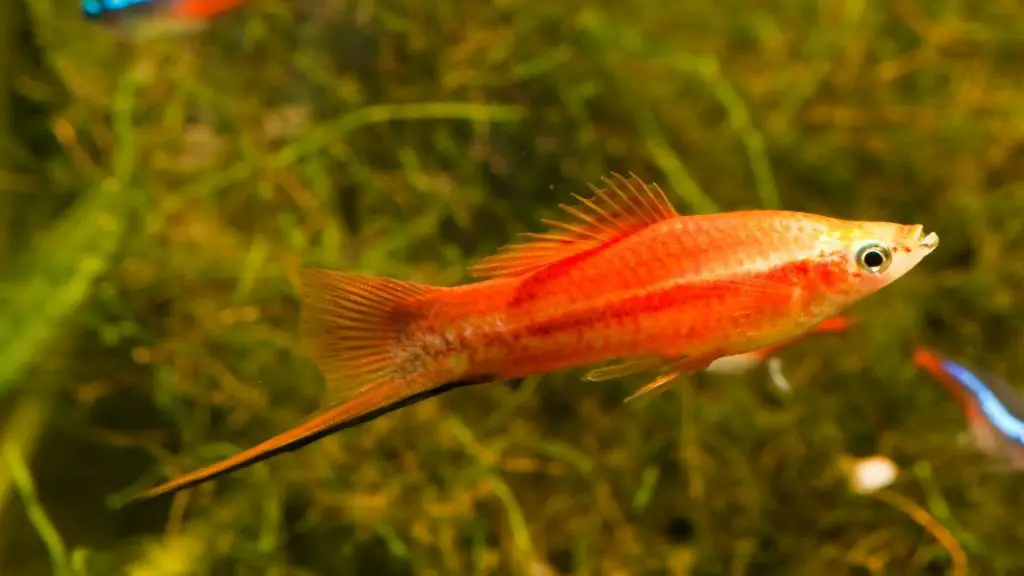
Swordtails have similarities with platies and guppy fish in shapes but have bulkier bodies and a distinguishing feature of a sword-like extension of their fins.
They come in different colors and are hardy. They can grow up to 4 to 5 inches and can live to 3 to 5 years. They a characterized by peacefulness and they favor loose school groups while swimming. They can breed very easily.
But keep them away from their parents as Swordtail parents tend to eat their offspring. Their diet has a rather diverse range from artificial to frozen food. You should feed them flakes that contain vegetable supplements.
17. Rainbowfish

Rainbowfish are peaceful fish and are able to grow up to 6 inches. Their vibrant get developed only as they are reaching adulthood. Although if provided with good care and maintenance their colors start to show up after a few years.
They are social and can get along well with danios, bards, larger tetras, rasboras, etc. Males tend to develop more vibrant colors that help them with breeding. But breeding can become a hard task.
Their diet consists of aquean tropical flakes, color flakes, betta treat, and spirulina flakes. Rotating the fish food is the best option and feeding them whatever they can eat within 2 minutes.
18. Harlequin Rasbora
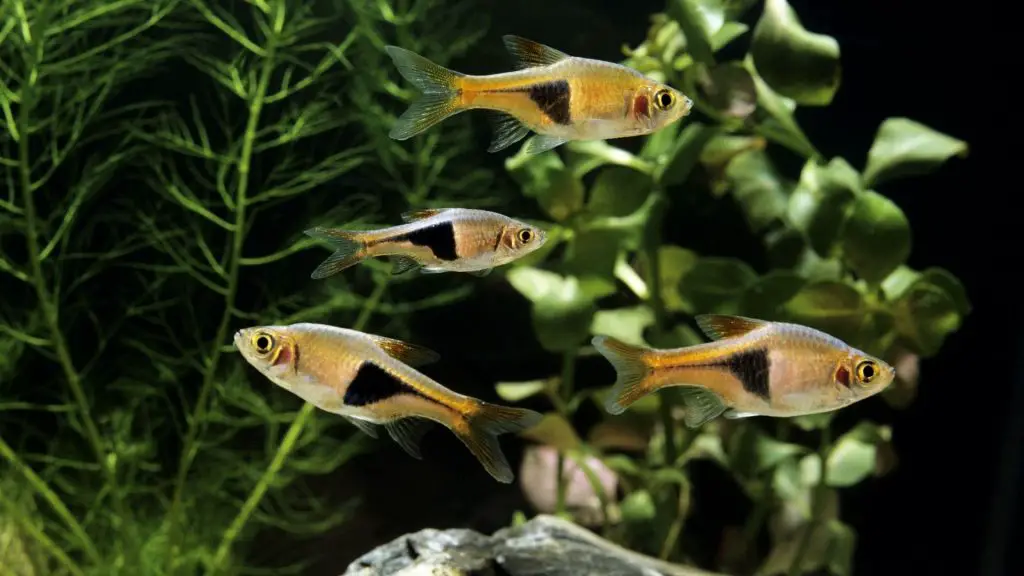
Harlequin Rasbora is a very popular fish. It can get along with other fishes very well and has an undemanding nature.
They have a very small size and can grow up to 2 inches. They can live for about 3-4 years and has a black spot on their bright body. It fancies swimming and requires a large space for it.
So, keeping them in a large tank is the best, and can get along with fishes like tetra, gourami, and betta. They like to stay together in school giving a vibrant look to the aquarium.
They can eat any type of food but don’t give them large-sized foods as it becomes hard for them to swallow.
19. Killifish
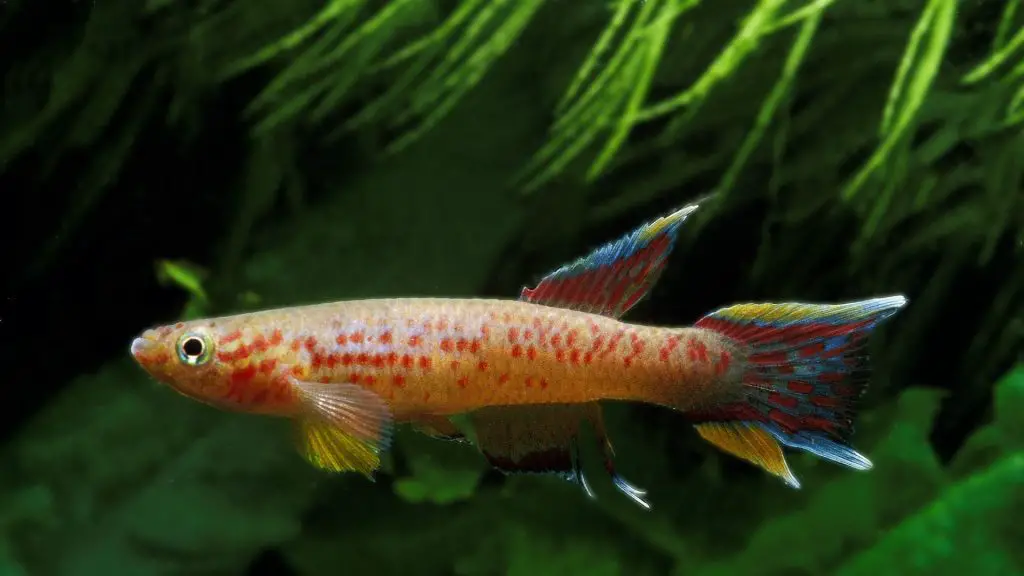
Killifish is an immaculate fish and has beautiful patterns. They come in various beautiful colors. The amount of care required for this fish depends upon the type of species. There are about 700 of species of this fish.
They are peaceful and can get along very well with other fishes but not with aggressive ones. Avoid keeping two males in one tank as they tend to fight with each other.
They can grow up to 2.9 cm in length and needs a tank of a minimum of 20 gallons.
The water should have a temperature of about 72-75℉ with 120-160 ppm hardness.
The tank arrangement required is also quite simple with just a bare floor, dark, and a sponge filter. They can get along with other fishes with no trouble and are great swimmers.
20. Bolivian Ram
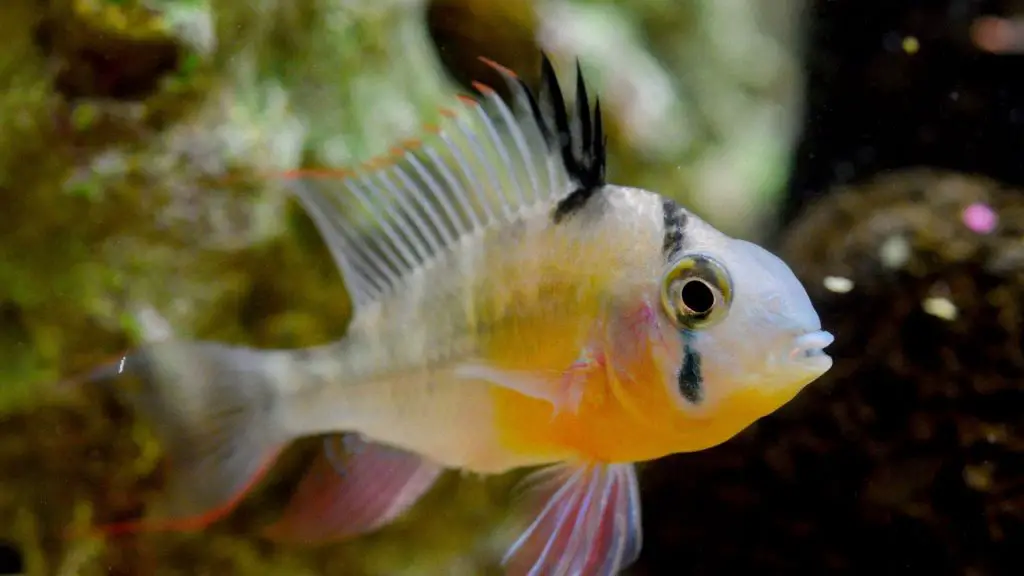
Bolivian Ram is a peaceful and calm fish. They like to scare other fishes rather than just hurt them. They can live up to 6 years and the size that they can grow ranges between 2-5.4 inches.
They are best when they are kept alone in a tank but you can also keep a group of about 6-8 similar species.
They are omnivorous and you can feed them live or frozen food like Bloodworm, daphnia, tubifex, and artificial food.

 Fish2 years ago
Fish2 years agoIs Apple Cider Vinegar Safe for Fish?

 Fish Tank2 years ago
Fish Tank2 years agoHow Many Fishes Can you Keep in your Fish Tank?

 Cleaning2 years ago
Cleaning2 years agoHow to Clean a Fish Tank Glass? Step By Step Process

 Cleaning2 years ago
Cleaning2 years agoHow Do you Clean Aquarium Gravel?

 Cleaning2 years ago
Cleaning2 years agoHow to disinfect your Aquarium?

 Acrylic Aquarium2 years ago
Acrylic Aquarium2 years agoWhich Aquarium is Better – Glass or Acrylic?

 Fish2 years ago
Fish2 years agoHow Do You Know When Fishes Are Hungry?

 Uncategorized2 years ago
Uncategorized2 years agoWhat is Soil Substrate?




